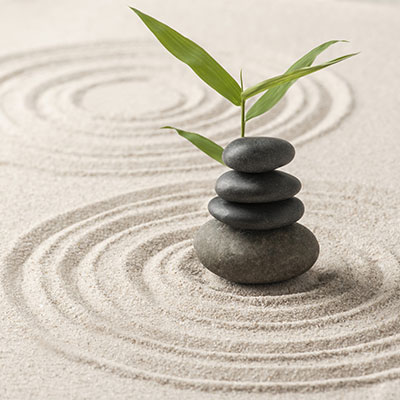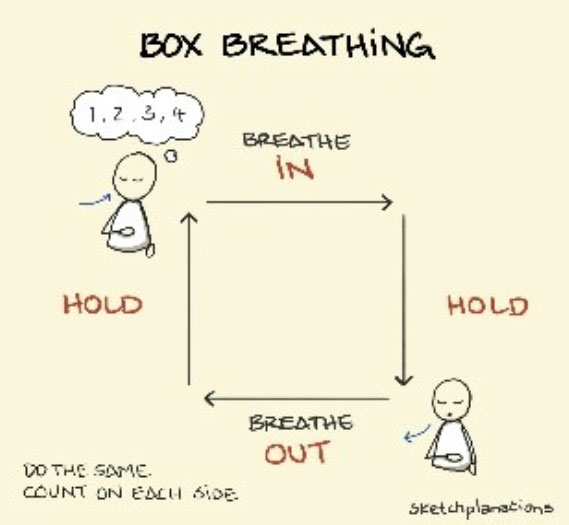
EFFECTIVE TECHNIQUES FOR MANAGING ANXIETY: TOOLS ANYONE CAN USE
Anxiety is a common experience that many people face, often manifesting as feelings of worry, fear, or unease. In today’s fast-paced world, it’s not surprising that anxiety levels are on the rise. However, there are effective techniques that anyone can use to manage anxiety and improve overall well-being. Here, we’ll explore several practical tools that can help alleviate anxiety and promote a sense of calm.
Mindfulness and Meditation
Mindfulness is the practice of being present in the moment without judgment. Engaging in mindfulness can significantly reduce anxiety by helping you focus on the here and now, rather than worrying about the past or future.
How to practice
*Start small: dedicate just 5 minutes a day to mindfulness. Sit in a quiet place, close your eyes, and focus on your breath. Notice the sensation of air entering and leaving the body.
*Guided Meditation: use apps like Headspace, Calm, or YouTube which offer guided sessions tailored to reduce anxiety.
*Stretching: simply taking some time to stretch your body
Deep breathing exercises
breathing exercises are a simple yet powerful tool for managing anxiety. When you feel anxious, your breathing may become shallow and rapid, which can exasperate feelings of panic.

How to Practice
How to Perform Box Breathing Technique:
- Sit or lie down in a comfortable position.
- Imagine a square box in front of you.
- Inhale slowly as you count to 4, visualize yourself moving up the left side of the box.
- Hold your breath for a count of 4 at the top of the box.
- Exhale slowly as you count to 4, visualize yourself moving down the right side of the box.
- Hold your breath again for a count of 4 at the bottom of the box.
- Repeat this process for several rounds, until you feel relaxed and centered.
Benefits of Box Breathing: Reduced stress and anxiety, improved focus and concentration, regulated breathing rate, relaxation, and better sleep. It also increases awareness of the body and breath. If you feel lightheaded, dizzy, or short of breath, stop immediately. Use caution if you have asthma, COPD, or other respiratory conditions.
Physical Activity
Regular physical activity is one of the most effective ways to manage anxiety. Exercise releases endorphins, which are natural mood lifters, and can help reduce stress.
How to Practice:
- Find what you enjoy! Whether it’s running, dancing, yoga, or even brisk walking, engaging in activities you love makes it easier to stick with a routine.
- Consistency is key: aim for at least 30 minutes of moderate exercise most days of the week.
Journaling
Writing down your thoughts and feelings can provide an outlet for your anxiety. Journaling allows you to process emotions and can help identify triggers.
How to Practice:
- Daily reflections: Set aside time each day to write about your feelings. Don’t worry about grammar or structure; focus on expressing your thoughts.
- Gratitude journaling: Write down three things you’re grateful for each day. This practice can shift your focus from anxiety to positivity.
Body Scan
How to Practice:
- Sit or lie down comfortably, close your eyes, and take a few deep breaths.
- Slowly bring your attention to each part of your body, starting from your toes and moving up to your head.
- Notice any sensations and tension, relaxing each area.
- Repeat this process until you feel all the tension leave your body.
Managing anxiety doesn’t have to be an uphill battle. By incorporating these effective techniques into your daily routine, you can cultivate a greater sense of calm and resilience. Remember, it is essential to be patient with yourself as you explore these tools. Everyone’s journey with anxiety is unique, and finding what works best for you may take a little time.

